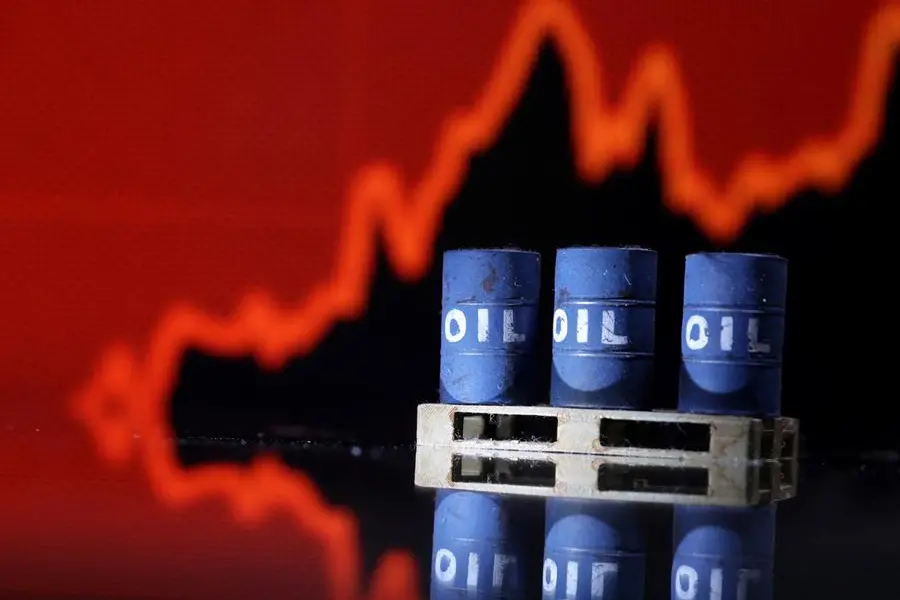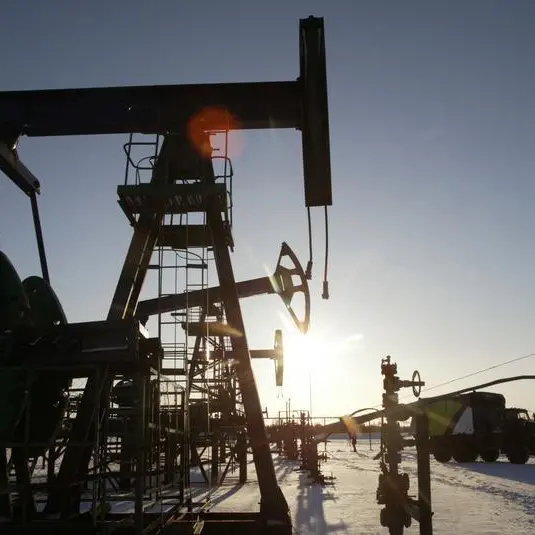PHOTO
LONDON: Oil prices were steady on Monday as investors eyed Chinese economic data for signs of demand recovery in the world's second-largest oil consumer.
Brent crude futures nudged 7 cents lower to $86.24 a barrel by 0746 GMT, while U.S. West Texas Intermediate crude was at $82.47 a barrel, down 6 cents.
Both contracts notched their fourth weekly gain last week - the longest-such streak since mid-2022.
The release of China's first-quarter gross domestic product (GDP) data this week is expected to be positive for commodity prices, with the International Energy Agency (IEA) forecasting it will account for most of 2023 demand growth.
The data are due to be published at 0200 GMT on Tuesday.
However, the IEA warned in its monthly report that the output cuts announced by OPEC+ producers risked exacerbating an oil supply deficit expected in the second half of the year and could hurt consumers and a global economic recovery.
Further tightening supplies, oil exports from northern Iraq to the Turkish port of Ceyhan remain at a standstill almost three weeks after an arbitration case ruled Ankara owed Baghdad compensation for unauthorised exports.
Rising costs for Middle East crude supplies, which meet more than half of Asia's demand, are already squeezing refiners' margins, prompting them to secure supplies from other regions.
Refiners are also ramping up gasoline output ahead of peak summer demand, while cutting diesel production amid worsening margins.
"Weaker refinery margins remain a feature, with the weakness predominantly driven by middle distillates. Stronger crude prices will not be helping margins for refiners either," ING analysts said in a note.
Meanwhile earnings from U.S. companies could also provide clues for the Federal Reserve's policy path and the dollar's trajectory, she added.
The greenback has been strengthening alongside interest rate hikes, making dollar-denominated oil more expensive for holders of other currencies.
Traders are betting that the Fed will raise its lending rate in May by another quarter of a percentage point and pushed out to late this year expectations of a rate cut, as typically occurs in a slowdown. (Additional reporting by Florence Tan and Emily Chow; editing by Jamie Freed and Jason Neely)





















